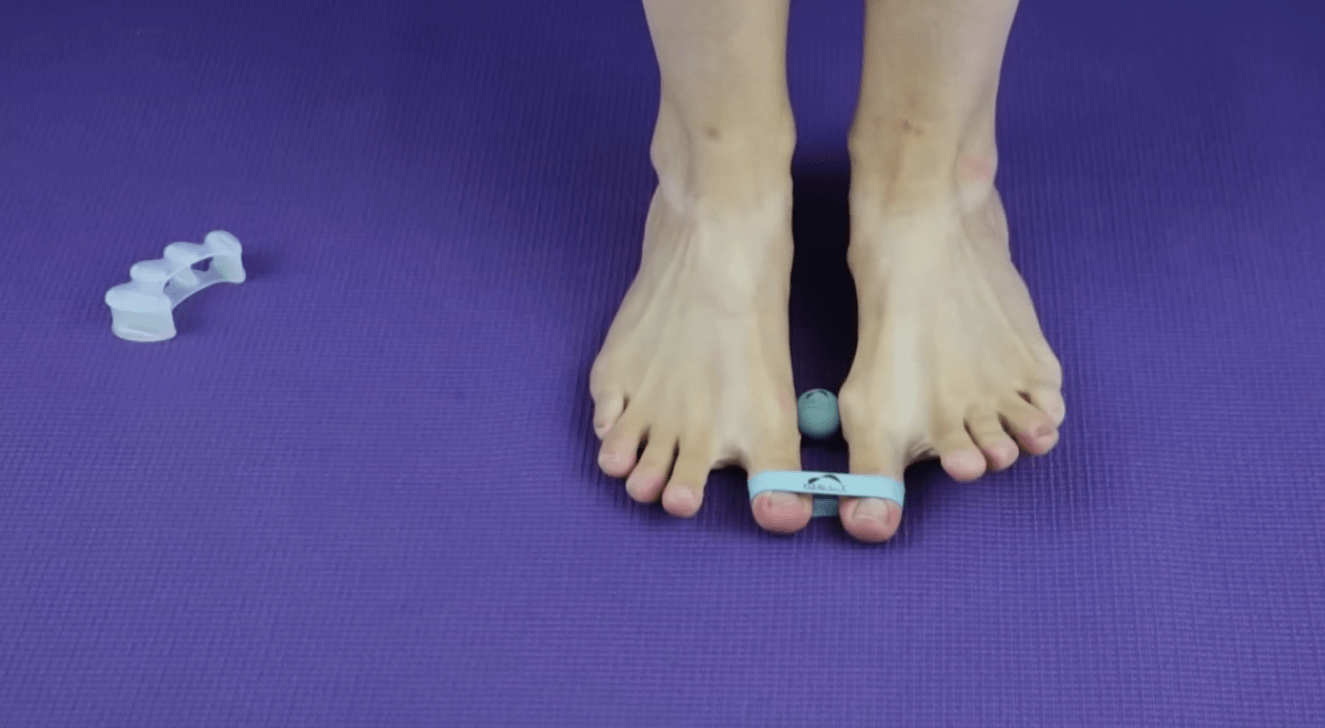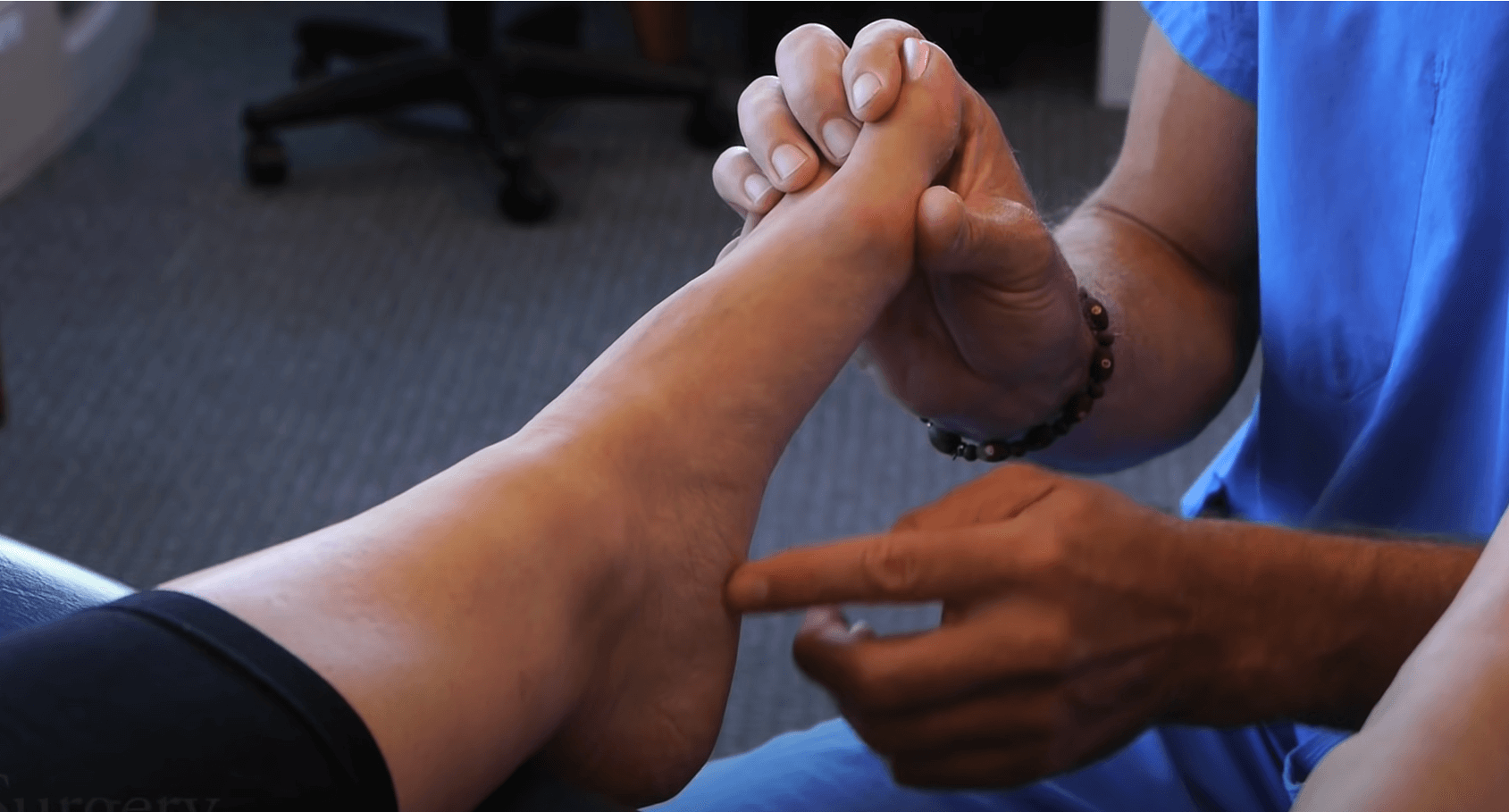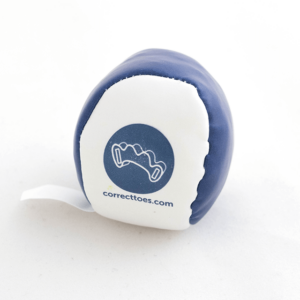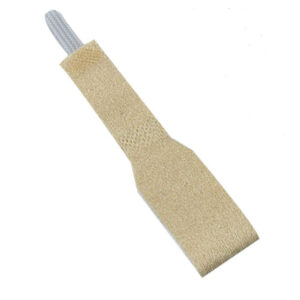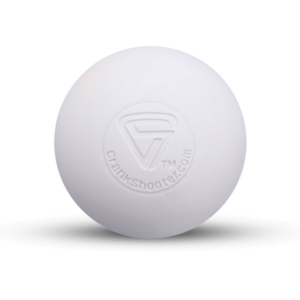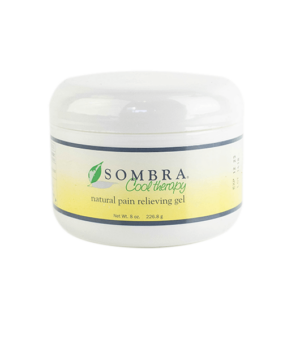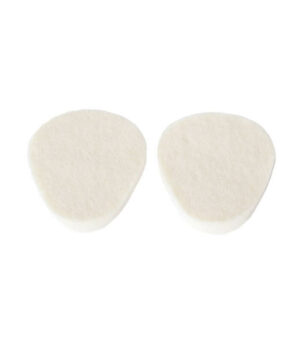Shin splints, also known as medial tibial stress syndrome, is a lower extremity health problem involving pain and tenderness along or behind the inner edge of your tibia—the larger of the two bones in your lower leg. Shin splints commonly manifest following vigorous physical activity, including endurance exercise and other sports involving running. Shin splints occur when certain muscles and tendons as well as your periosteum—the thin layer of tissue that covers your tibia—become inflamed.
Condition Information
Shin splints are a common lower extremity problem, especially among athletes. Most athletes experience shin splints at some point during their lives. Certain risk factors may increase your likelihood of developing shin splints, including flat feet, abnormally rigid foot arches, certain running or jogging training errors, dancing, and military training.
The underlying cause of your shin splints usually dictates the location of your symptoms, but most people with this health problem experience pain or discomfort along both sides of their shinbone or in their nearby lower extremity muscles. Your podiatrist can perform a thorough physical examination to help rule in a diagnosis of shin splints. Your healthcare provider may also use X-ray imaging to check for fractures in your involved area.
Causes and Symptoms
Shin splints are more of a symptom of an underlying musculoskeletal problem than a true medical condition. Possible causes of shin splints or pain in your lower extremity, between your ankles and your knees, include:
- Irritated and swollen muscles associated with overuse
- Stress fractures (small, hairline breaks) in your lower leg bones
- Foot arch collapse associated with flat feet or overpronation
The leading cause of shin splints, however, is inappropriate footwear, including footwear that possesses the following design characteristics:
- Heel elevation
- Toe spring
- Tapered toe boxes
- Rigid, inflexible soles
Rapid changes in your physical activity level, especially in combination with poor footwear choices, are a significant contributor to this health problem. Running distances you are not used to, boosting the number of days you exercise each week, changing the surface you run or exercise on, and increasing the volume or intensity of your hill workouts can place significant stress on your lower extremity tissues and lead to shin splints, even in trained athletes.
Treatment
Your shin splints may self-resolve, although they are likely to recur if the underlying factors causing this health problem are not dealt with in a timely and appropriate manner. Treatment for shin splints falls into two distinct categories: Immediate and long-term.
Immediate treatment measures include:
- Rest
- Elevation of your affected leg
- Ice application (15 minutes on, 15 minutes off) for 24 to 48 hours
- Achilles tendon and anterior lower leg muscle stretching
- Taping procedures
Long-term treatment measures, to help prevent recurrence of your shin splints, include:
- Ankle and calf strengthening exercises
- Proper shoe selection and use
- Toe splay, as enabled with the use of Correct Toes toe-spacers. This encourages a lower-impact gait pattern, which in turn reduces stress to your periosteum.
- Various leg and calf stretches before and after physical activity
- A proper training plan
— Dr. Ray McClanahan, DPM, Northwest Foot and Ankle
For more information please visit our website.




